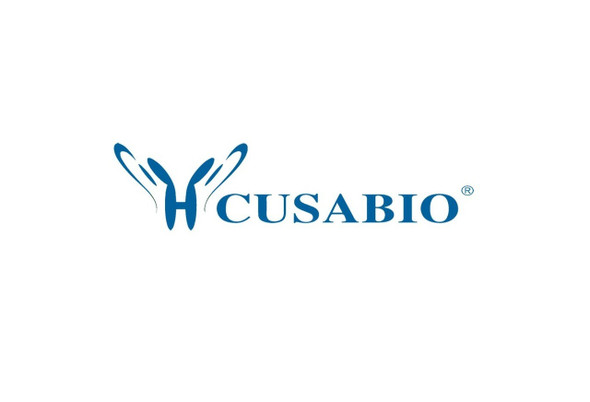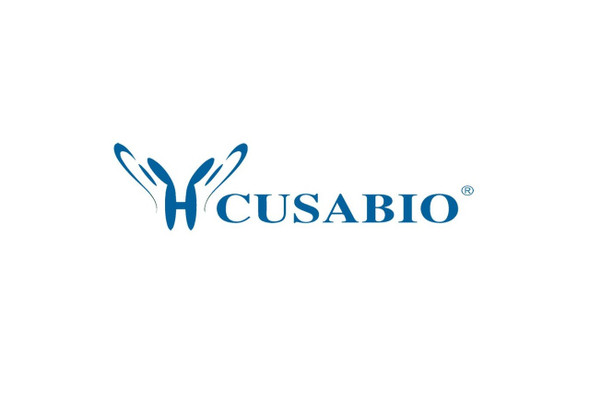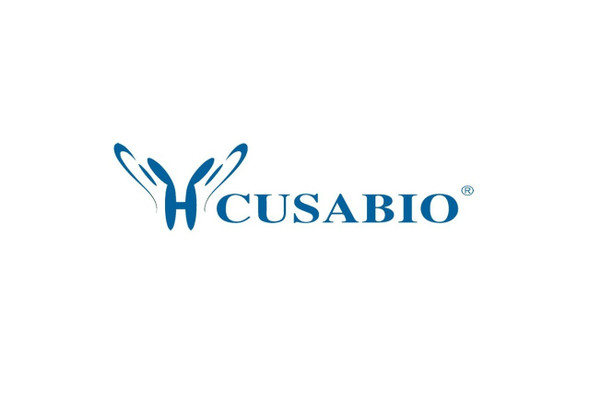Cusabio Human Recombinants
Recombinant Human Lecithin retinol acyltransferase (LRAT) | CSB-CF013069HU
- SKU:
- CSB-CF013069HU
- Availability:
- 18 - 23 Working Days
Description
Recombinant Human Lecithin retinol acyltransferase (LRAT) | CSB-CF013069HU | Cusabio
Alternative Name(s): Phosphatidylcholine--retinol O-acyltransferase
Gene Names: LRAT
Research Areas: Biochemicals
Organism: Homo sapiens (Human)
AA Sequence: MKNPMLEVVSLLLEKLLLISNFTLFSSGAAGEDKGRNSFYETSSFHRGDVLEVPRTHLTHYGIYLGDNRVAHMMPDILLALTDDMGRTQKVVSNKRLILGVIVKVASIRVDTVEDFAYGANILVNHLDESLQKKALLNEEVARRAEKLLGFTPYSLLWNNCEHFVTYCRYGTPISPQSDKFCETVKIIIRDQRSVLASAVLGLASIVCTGLVSYTTLPAIFIPFFLWMAG
Source: in vitro E.coli expression system
Tag Info: Tag-Free
Expression Region: 1-230aa
Sequence Info: Full Length
MW: 25.8 kDa
Purity: Greater than 85% as determined by SDS-PAGE.
Relevance: Transfers the acyl group from the sn-1 position of phosphatidylcholine to all-trans retinol, producing all-trans retinyl esters (PubMed:9920938). Retinyl esters are storage forms of vitamin A (Probable). LRAT plays a critical role in vision (Probable). It provides the all-trans retinyl ester substrates for the isomerohydrolase which processes the esters into 11-cis-retinol in the retinal pigment epithelium; due to a membrane-associated alcohol dehydrogenase, 11 cis-retinol is oxidized and converted into 11-cis-retinaldehyde which is the chromophore for rhodopsin and the cone photopigments (Probable). Required for the survival of cone photoreceptors and correct rod photoreceptor cell morphology (By similarity).
Reference: "Molecular and biochemical characterization of lecithin retinol acyltransferase." Ruiz A., Winston A., Lim Y.-H., Gilbert B.A., Rando R.R., Bok D. J. Biol. Chem. 274:3834-3841(1999)
Storage: The shelf life is related to many factors, storage state, buffer ingredients, storage temperature and the stability of the protein itself. Generally, the shelf life of liquid form is 6 months at -20?/-80?. The shelf life of lyophilized form is 12 months at -20?/-80?.
Notes: Repeated freezing and thawing is not recommended. Store working aliquots at 4? for up to one week.
Function:
Involvement in disease:
Subcellular Location:
Protein Families:
Tissue Specificity:
Paythway:
Form: Liquid or Lyophilized powder
Buffer: If the delivery form is liquid, the default storage buffer is Tris/PBS-based buffer, 5%-50% glycerol. If the delivery form is lyophilized powder, the buffer before lyophilization is Tris/PBS-based buffer, 6% Trehalose, pH 8.0.
Reconstitution: We recommend that this vial be briefly centrifuged prior to opening to bring the contents to the bottom. Please reconstitute protein in deionized sterile water to a concentration of 0.1-1.0 mg/mL.We recommend to add 5-50% of glycerol (final concentration) and aliquot for long-term storage at -20?/-80?. Our default final concentration of glycerol is 50%. Customers could use it as reference.
Uniprot ID: O95237
HGNC Database Link: N/A
UniGene Database Link: N/A
KEGG Database Link: N/A
STRING Database Link: N/A
OMIM Database Link: N/A









